-
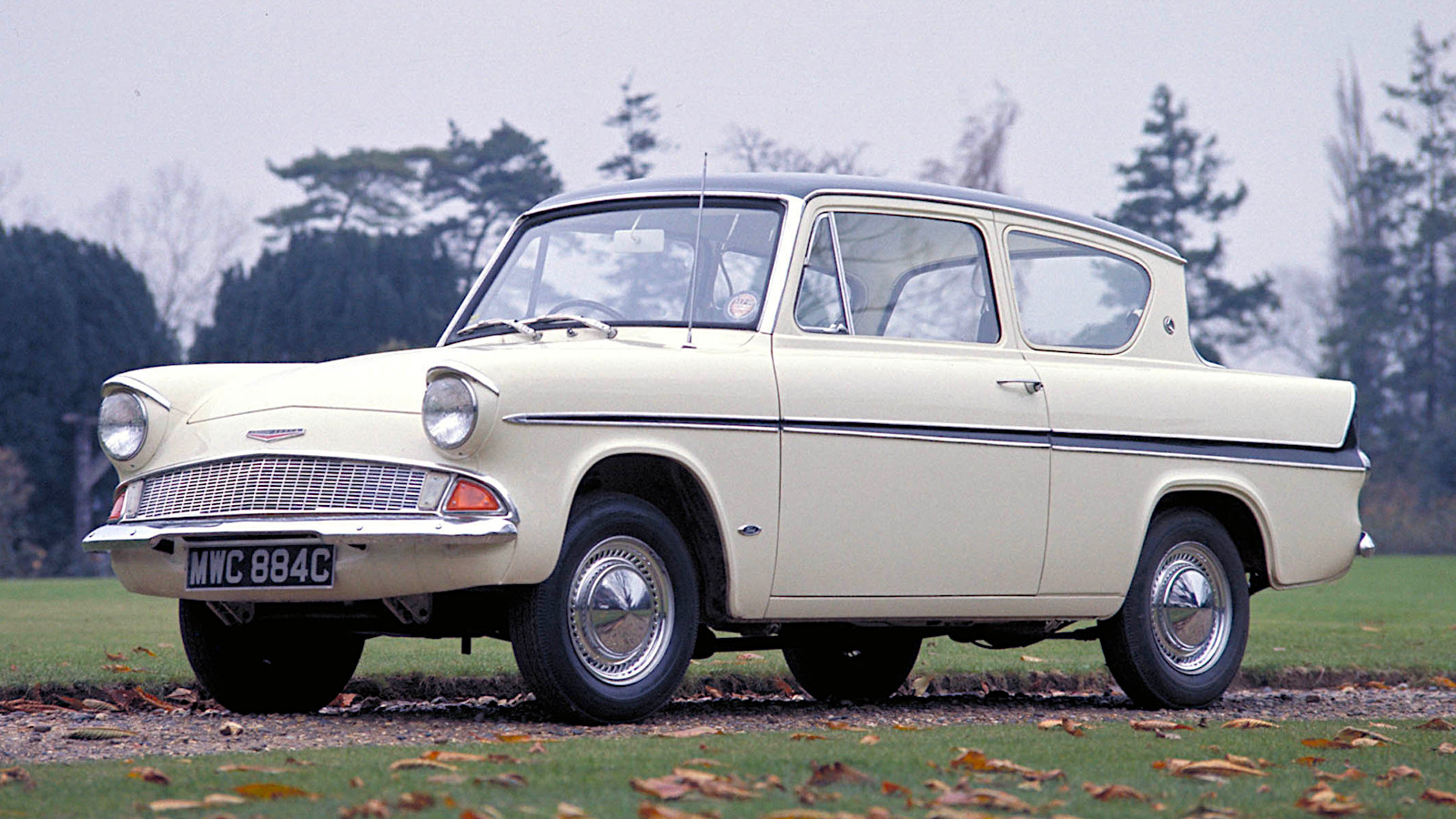 © Ford
© Ford -
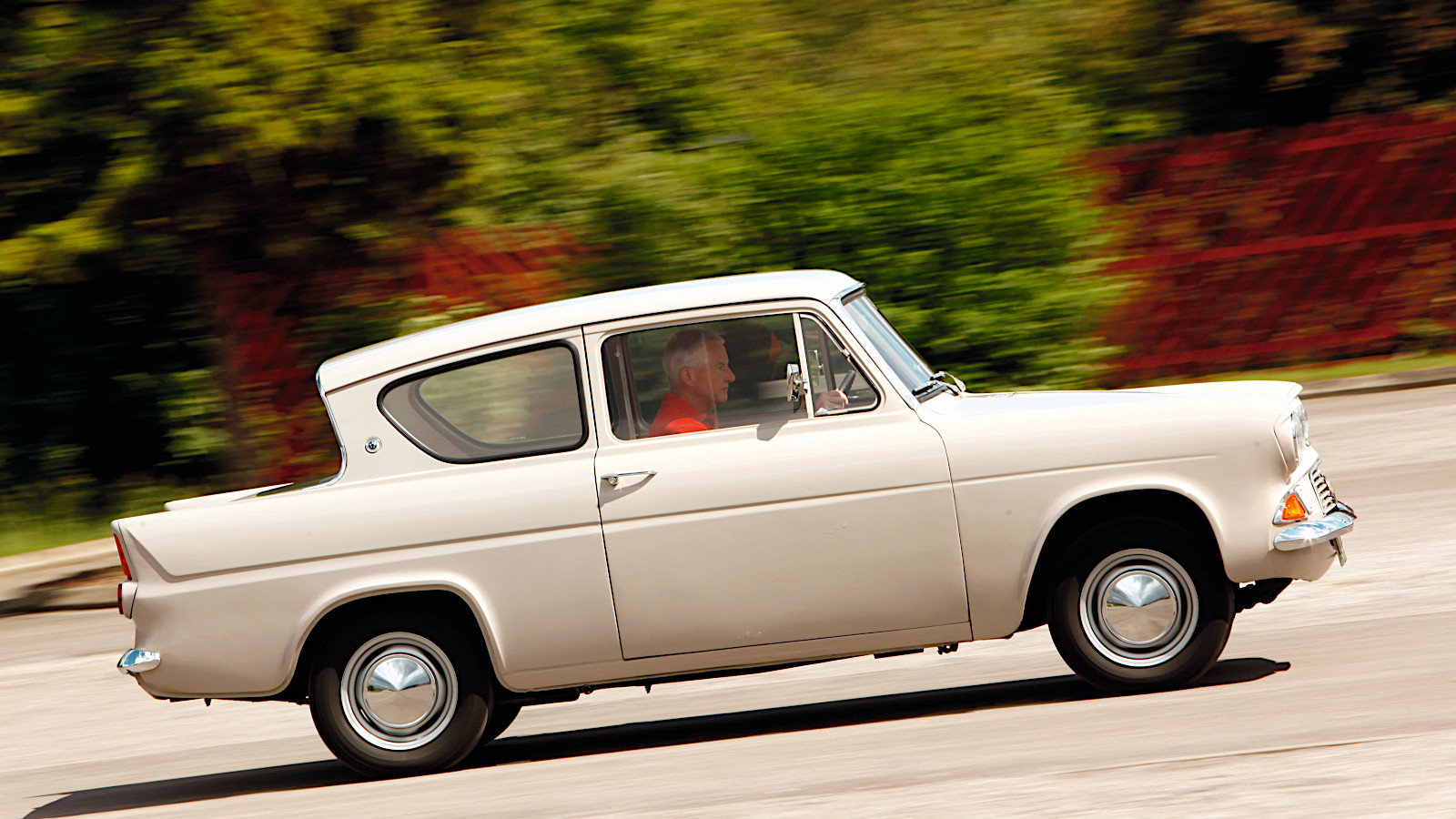 © Classic & Sports Car
© Classic & Sports Car -
 © Newspress
© Newspress -
 © Brian Snelson/Creative Commons https://creativecommons.org/licenses/by/2.0/legalcode
© Brian Snelson/Creative Commons https://creativecommons.org/licenses/by/2.0/legalcode -
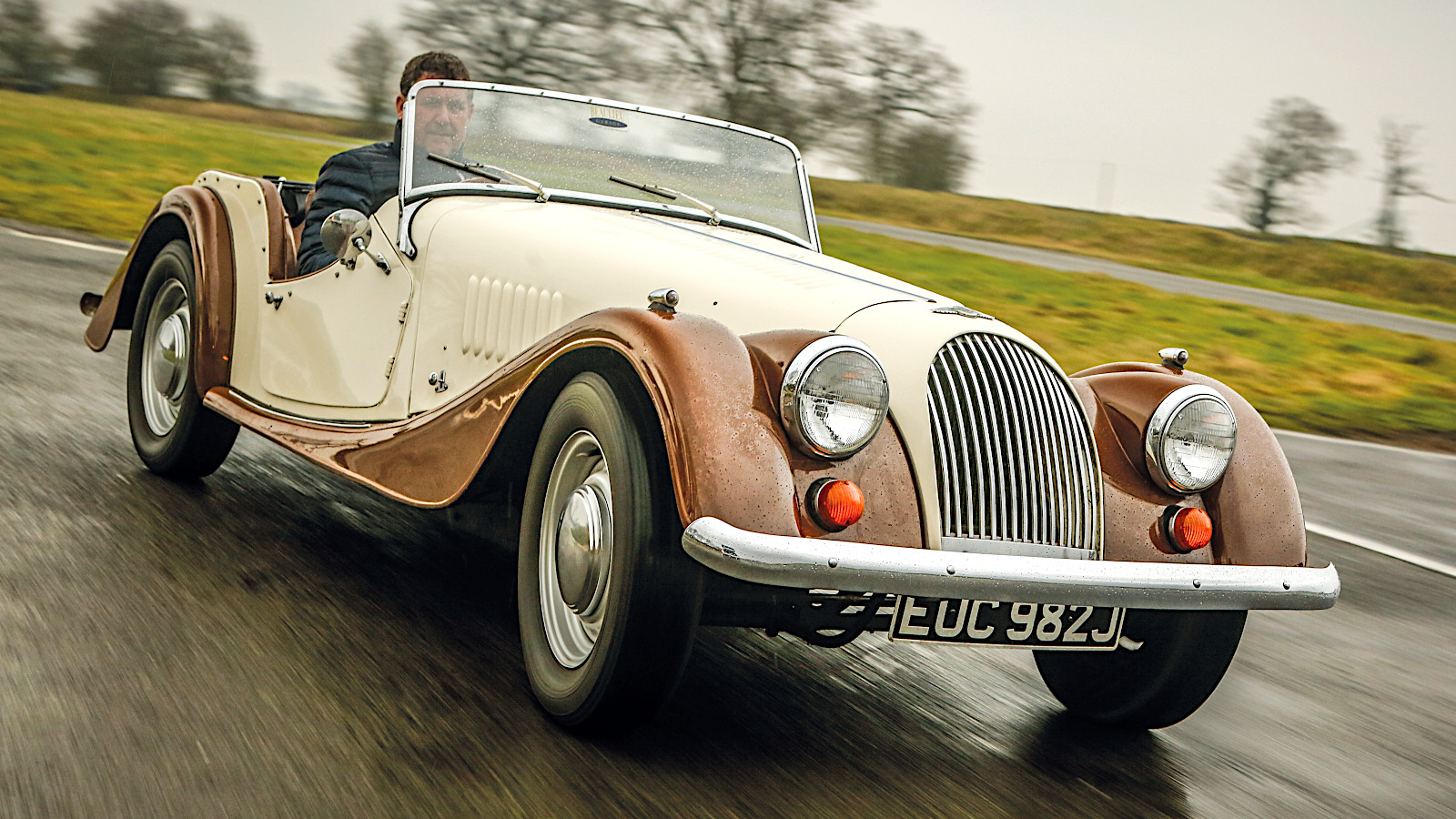 © Classic & Sports Car
© Classic & Sports Car -
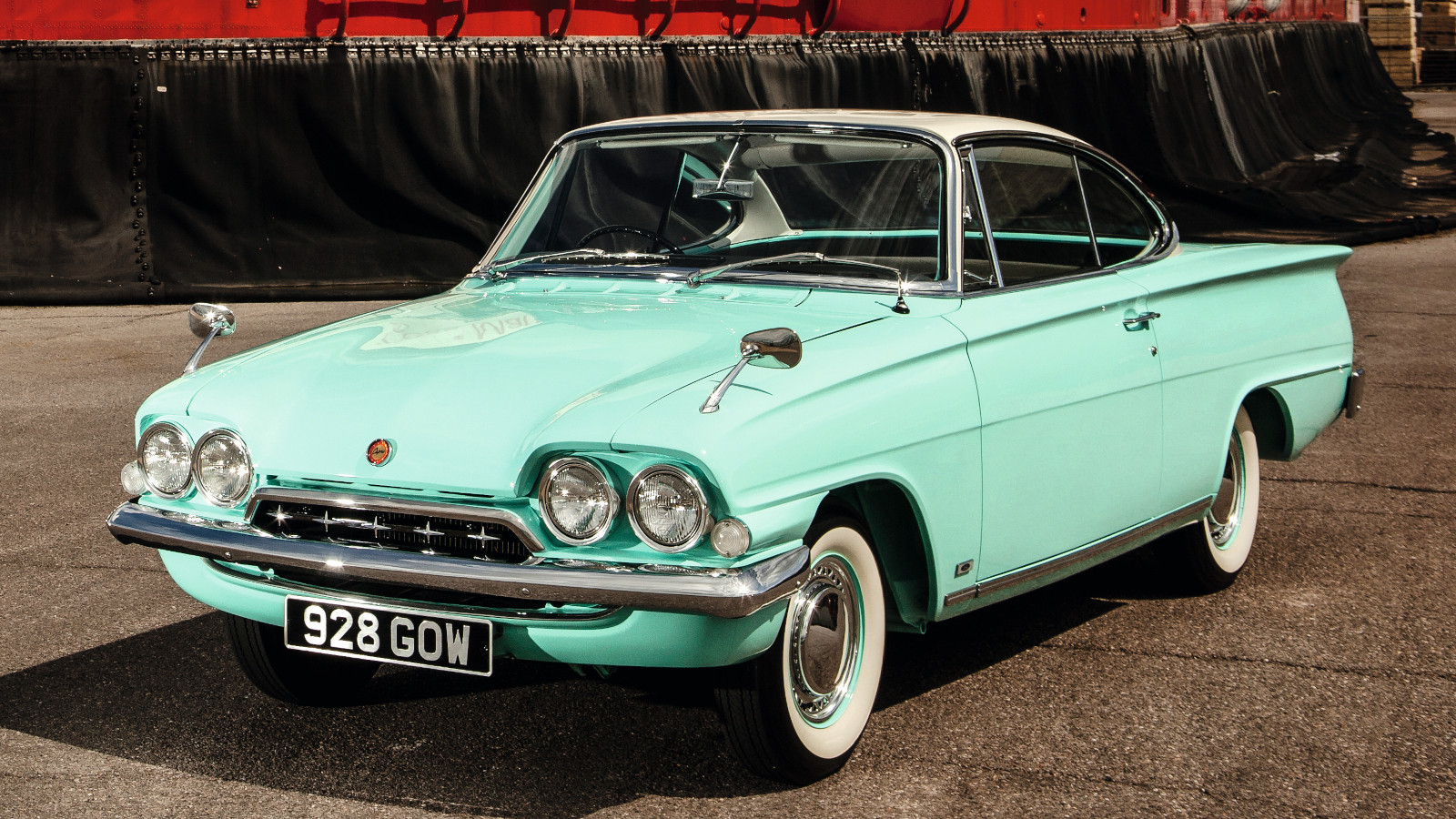 © Classic & Sports Car
© Classic & Sports Car -
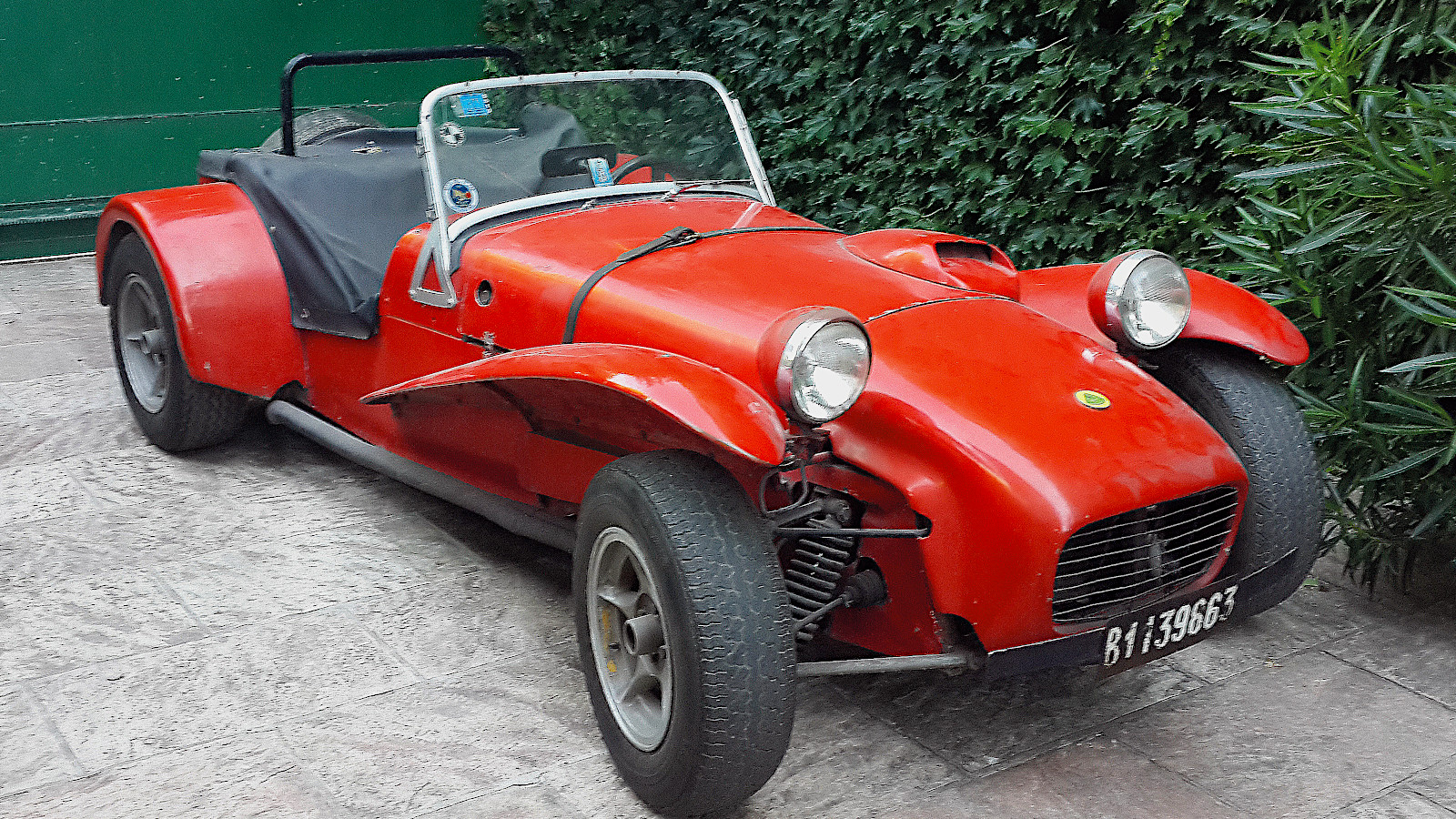 © Classic & Sports Car
© Classic & Sports Car -
 © Ford
© Ford -
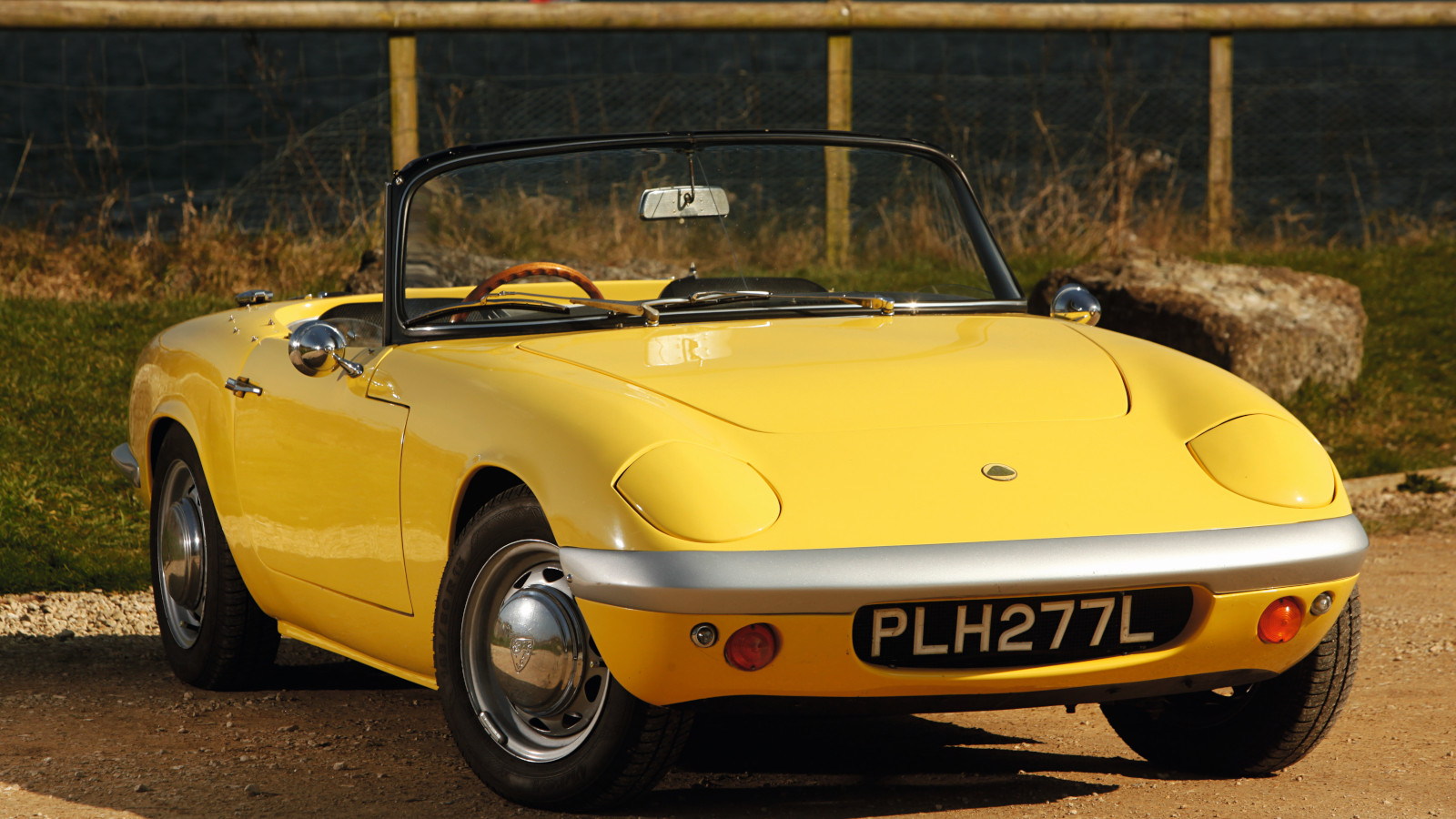 © Classic & Sports Car
© Classic & Sports Car -
 © Ford
© Ford -
 © Ford
© Ford -
 © Classic & Sports Car
© Classic & Sports Car -
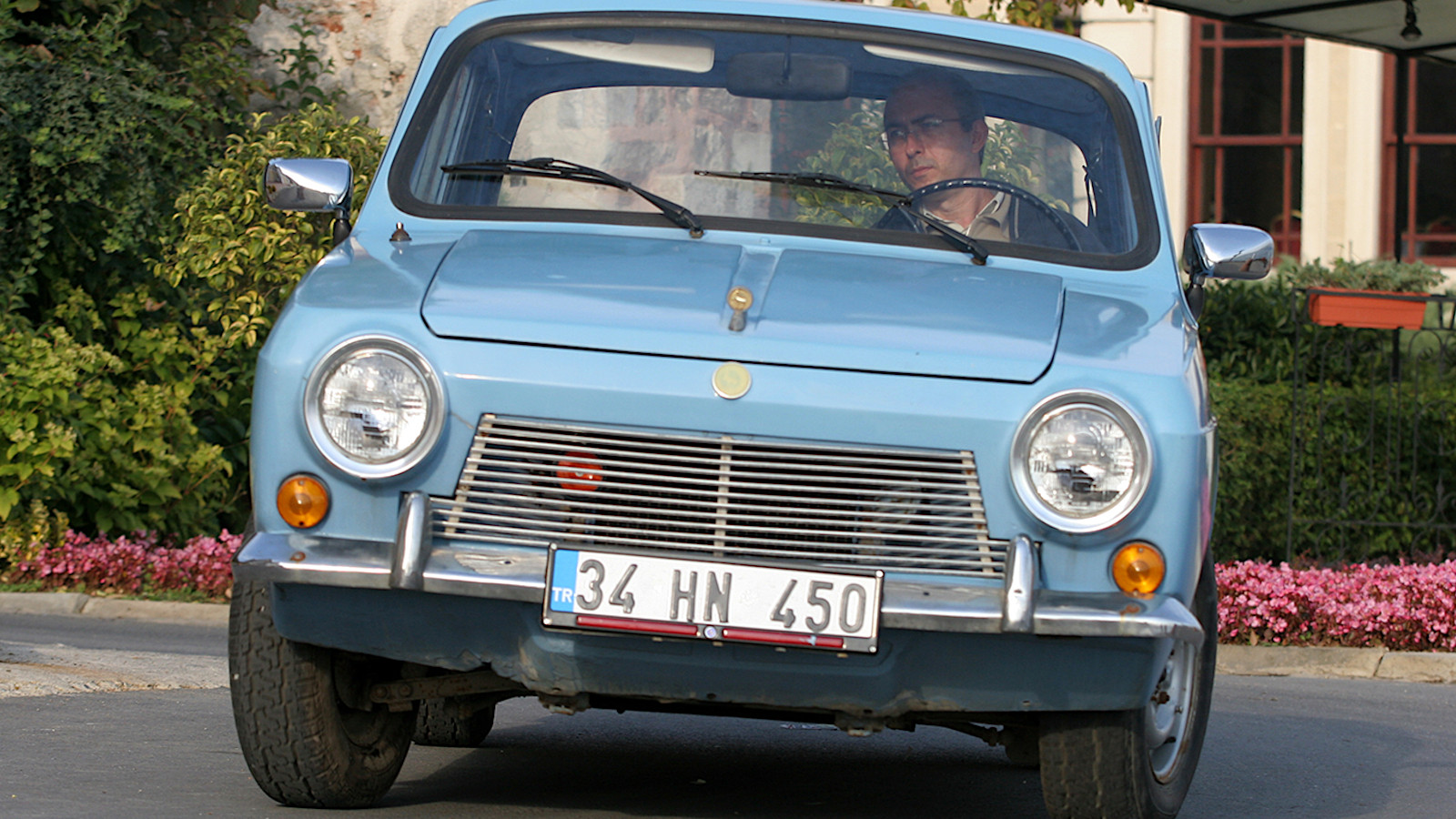 © Classic & Sports Car
© Classic & Sports Car -
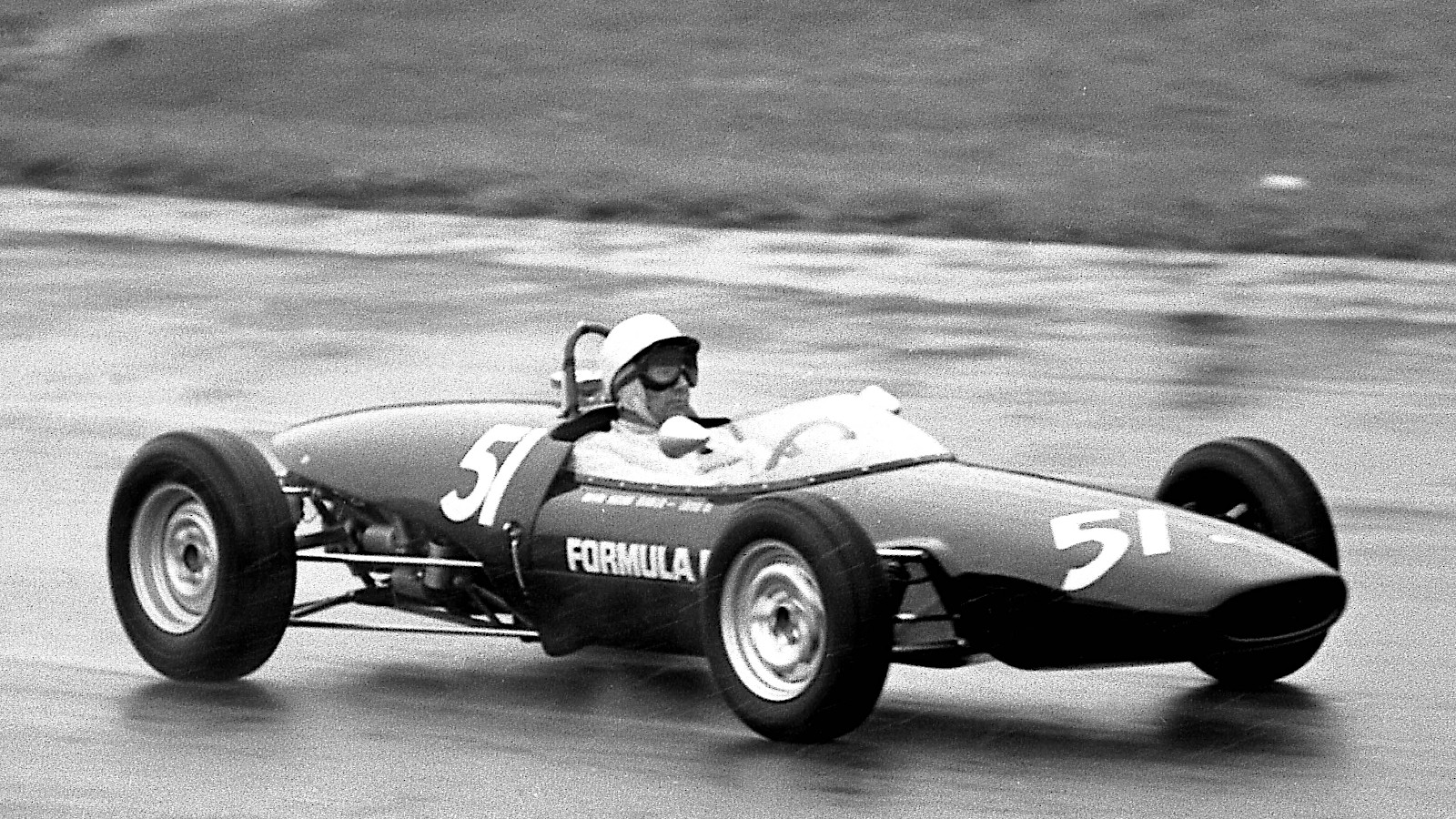 © Ford
© Ford -
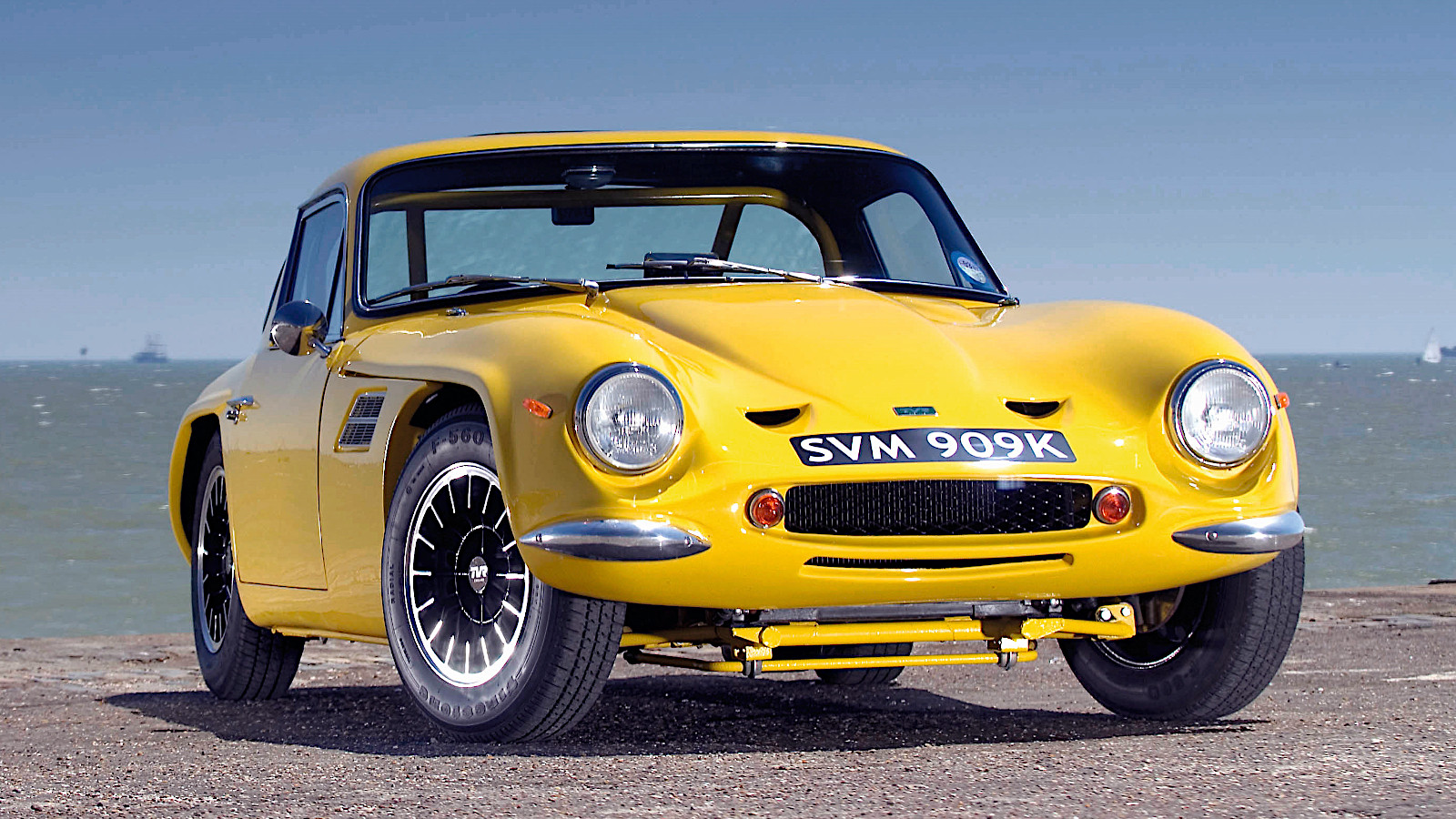 © Classic & Sports Car
© Classic & Sports Car -
 © Ford
© Ford -
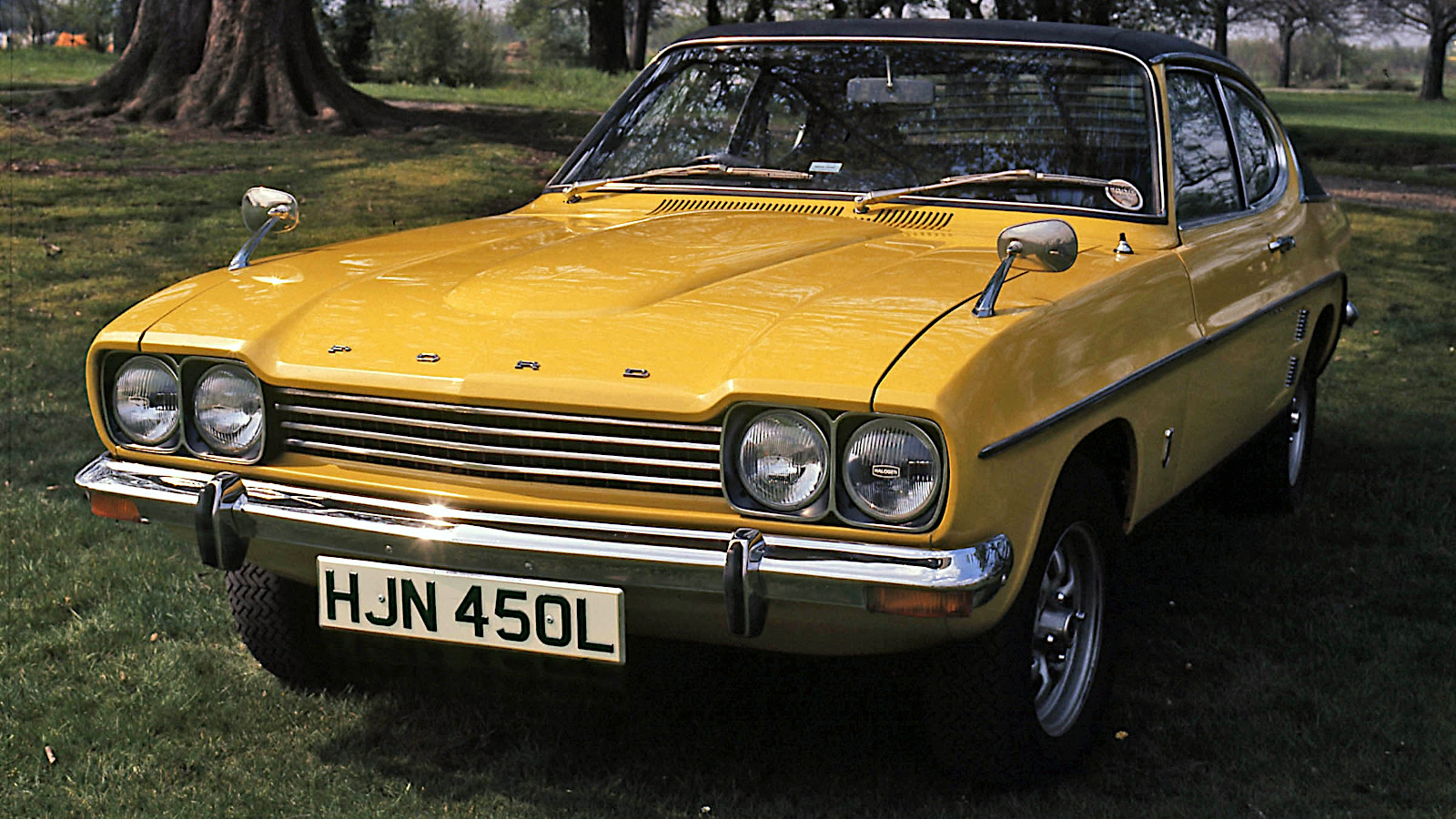 © Ford
© Ford -
 © Ford
© Ford -
 © Ford
© Ford -
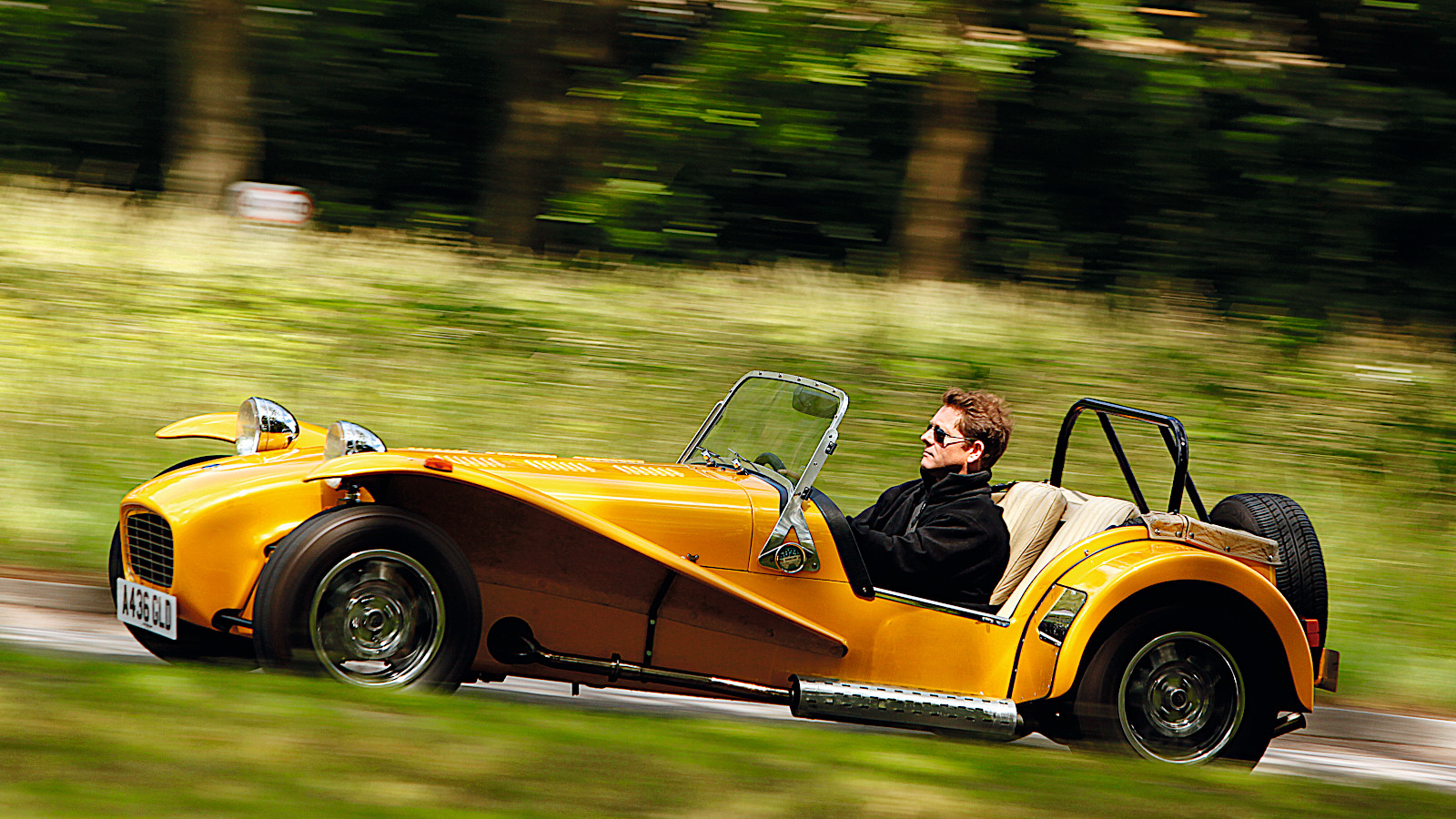 © Classic & Sports Car
© Classic & Sports Car -
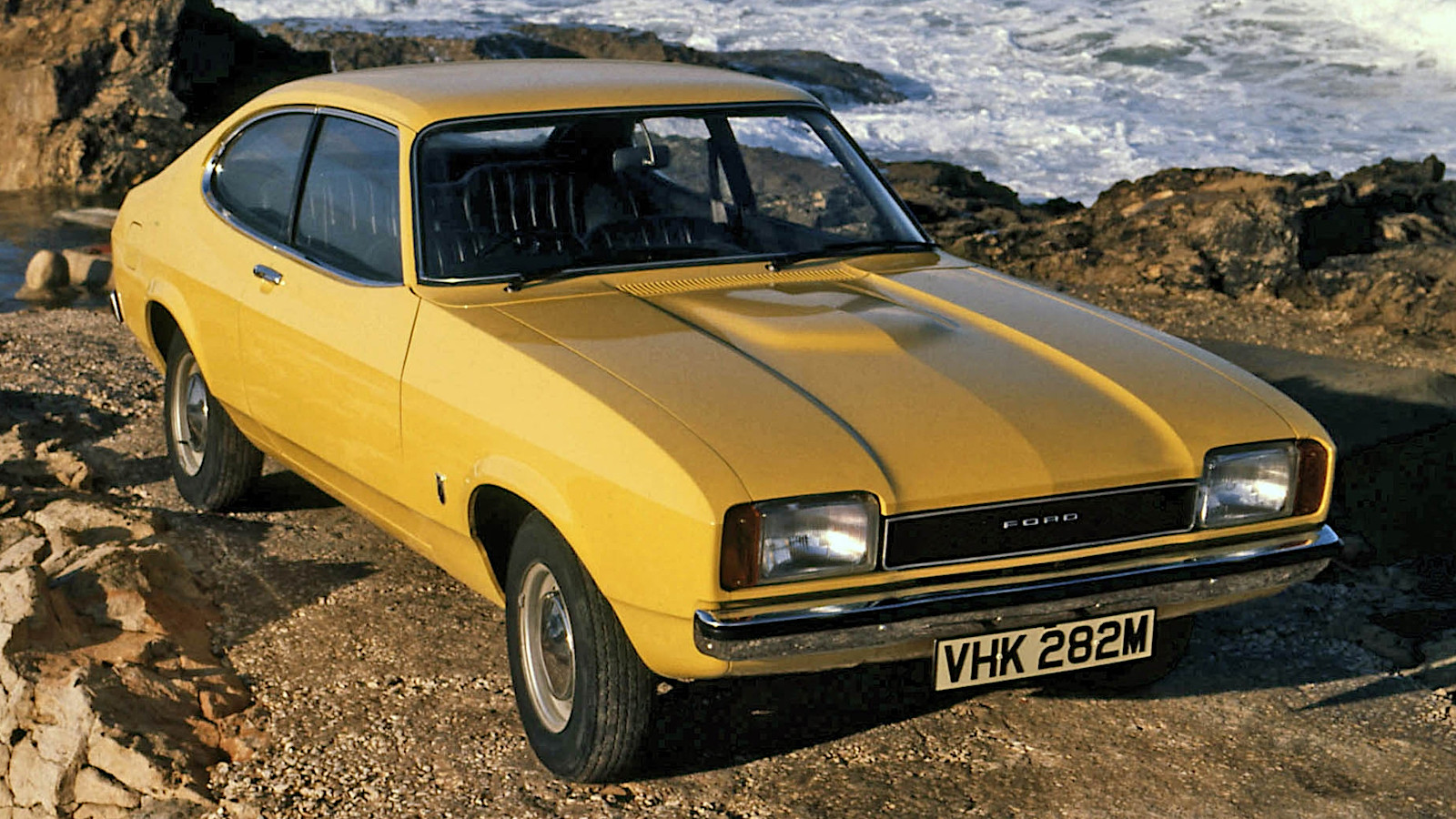 © Ford
© Ford -
 © Ford
© Ford -
 © Ford
© Ford -
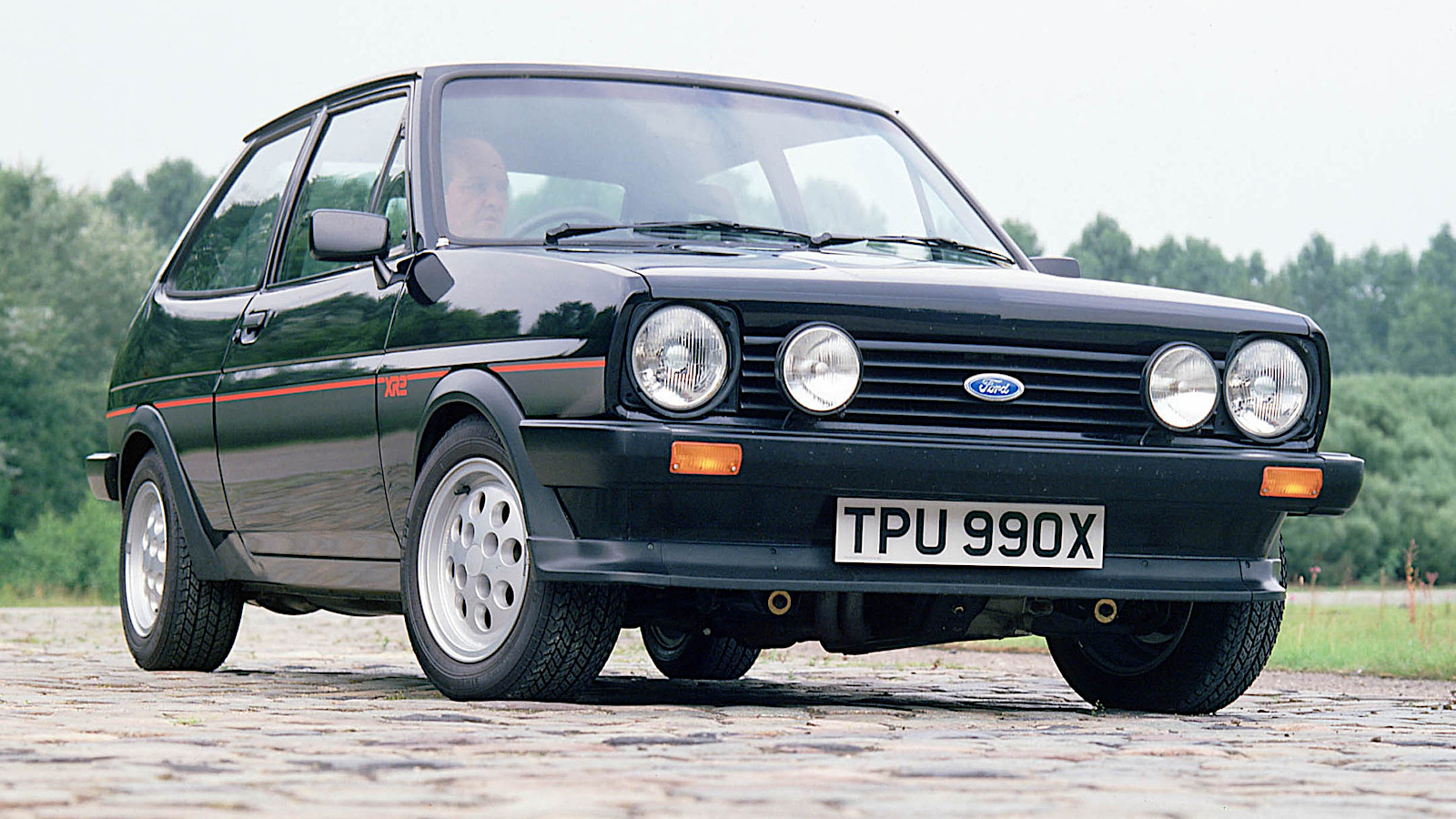 © Ford
© Ford -
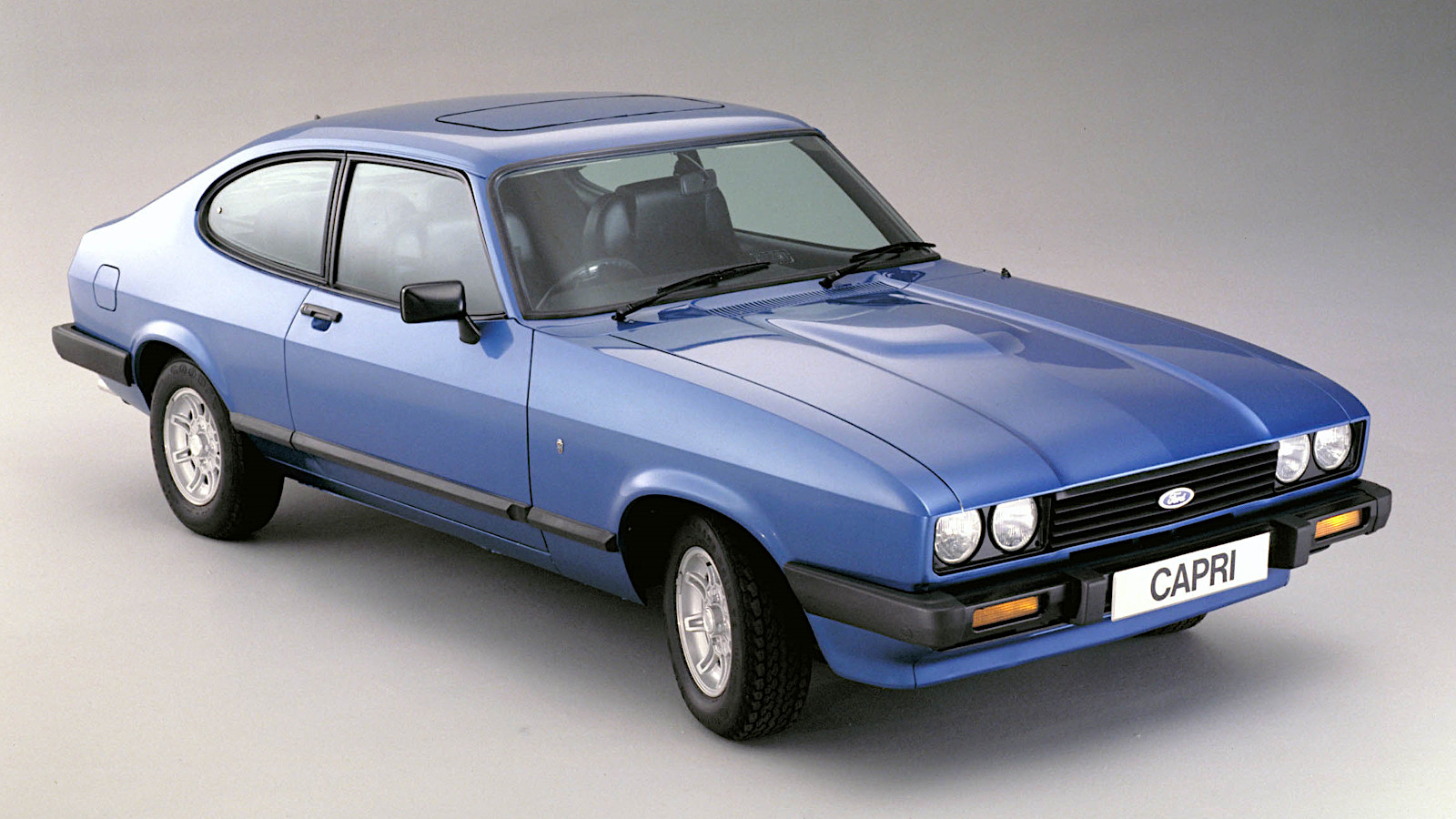 © Ford
© Ford -
 © Ford
© Ford -
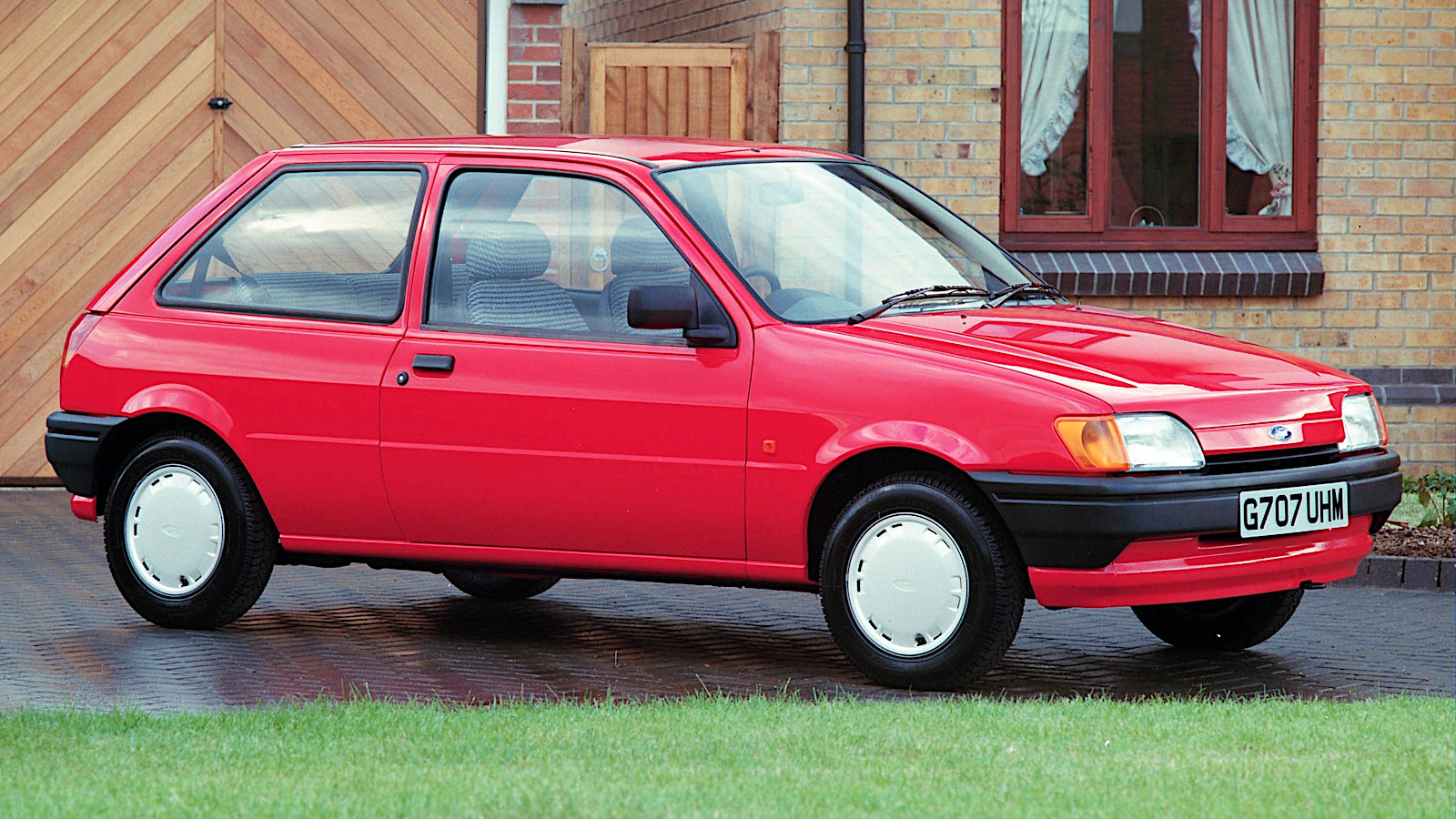 © Ford
© Ford -
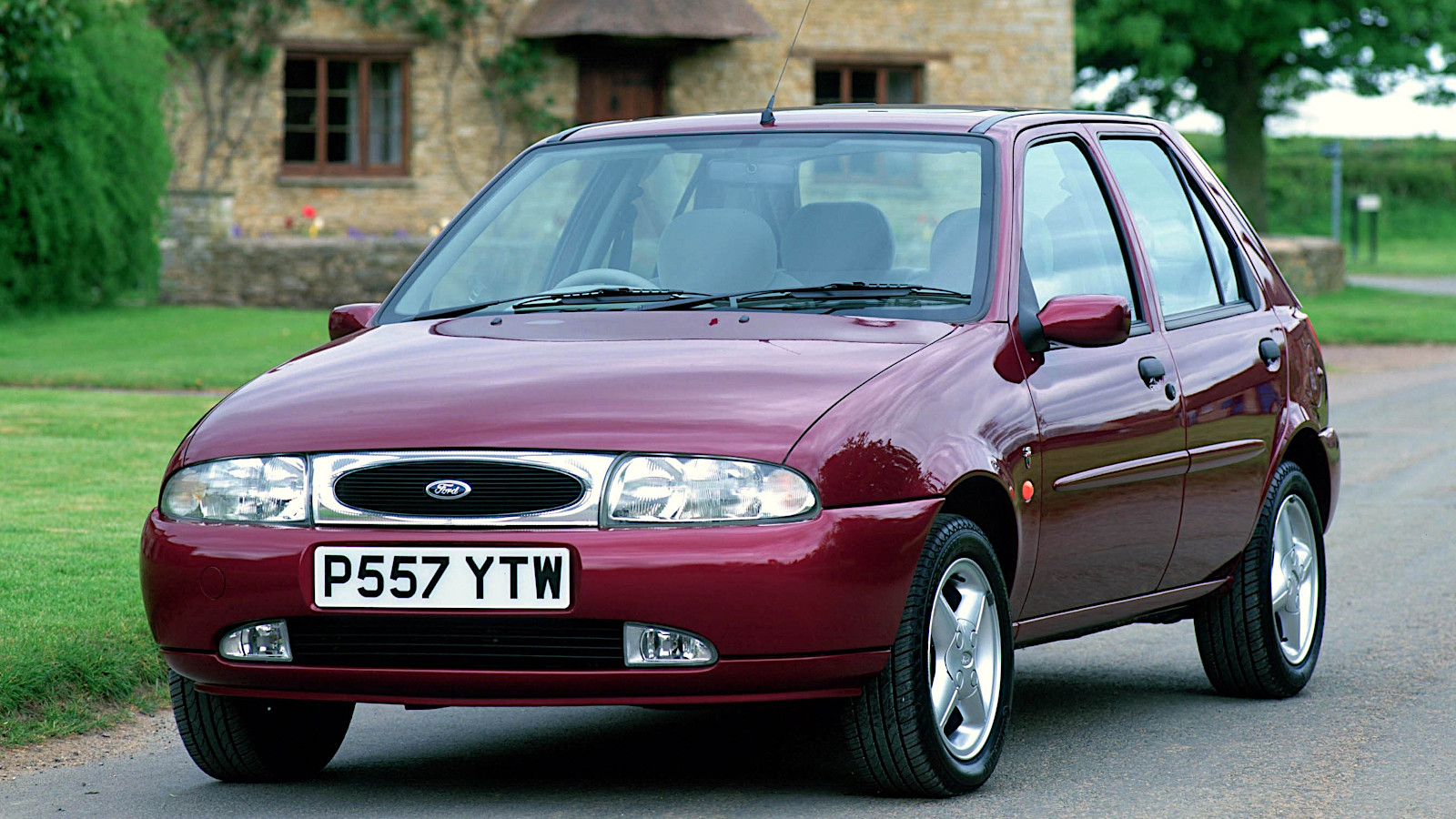 © Ford
© Ford -
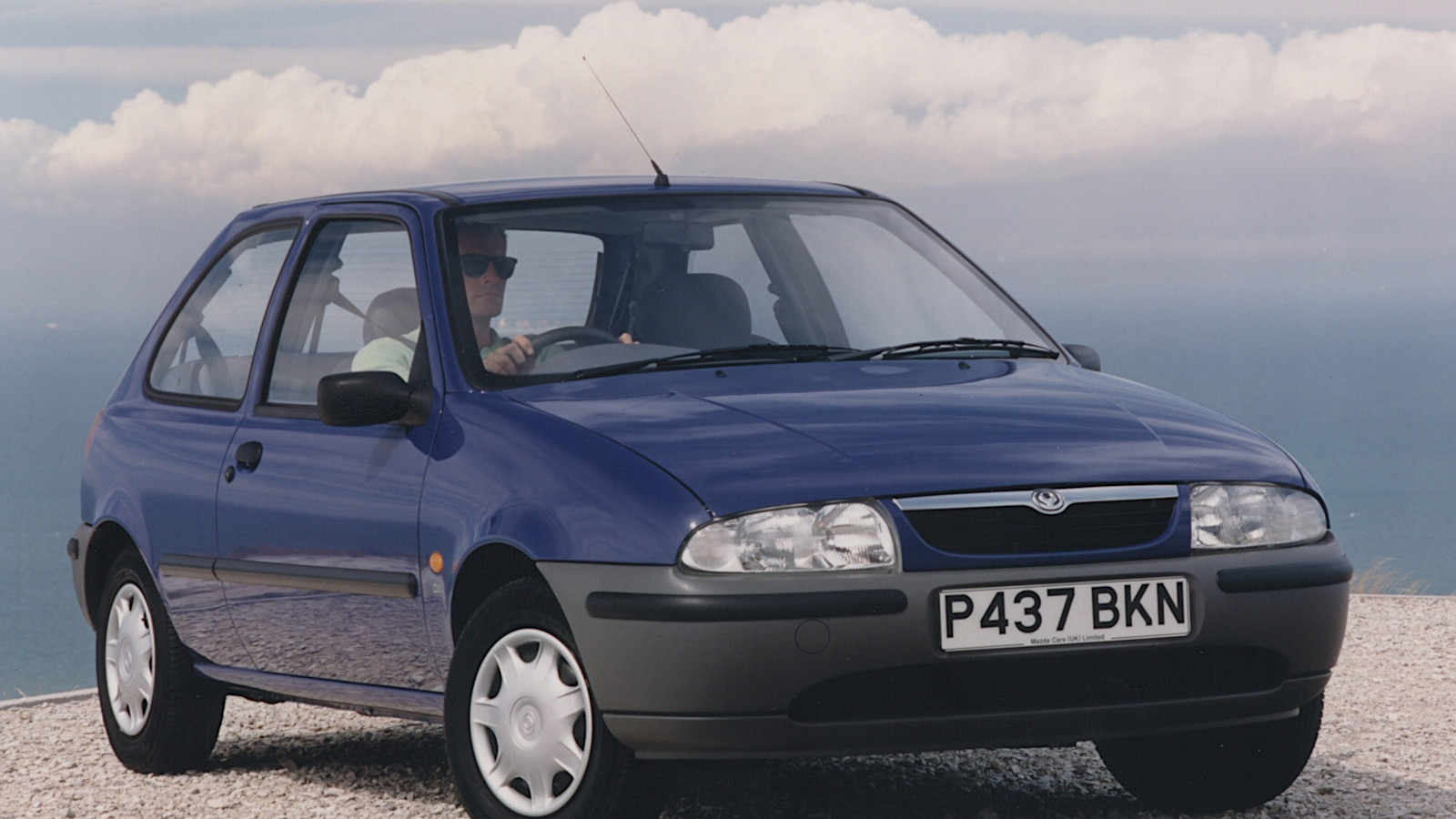 © Mazda
© Mazda -
 © Ford
© Ford
-
Decades of dutiful service
The Ford Kent engine was at the core of the British motor industry for nearly half a century. In its various forms it powered many Ford models, cars produced by more specialised manufacturers and an enormous number of competition vehicles.
Two high-powered derivatives are still considered to be among the most important British competition engines ever designed.
The Kent story even runs into the 21st century, but it starts with a car which went on sale a year before The Beatles formed.
-
1. Ford Anglia
The Kent name was not used within Ford until later, but it is now retrospectively applied to the engine fitted to the new, fourth-generation Anglia in 1959.
Initially measuring just 997cc, it had a simple design involving pushrods, overhead valves, a side-mounted camshaft, and inlet and exhaust ports on the same side of the cylinder head.
This last feature would be replaced by a crossflow arrangement. The engine fitted to the Anglia and other models of the period is therefore known as a pre-crossflow.
-
2. Ford Prefect
The Anglia was the first car intended to be fitted with the Kent engine from day one. The pre-crossflow unit was also fitted to the Ford Prefect, which had been powered by the earlier Ford sidevalve engine since 1953.
Although the Kent was smaller than the 1172cc sidevalve, it was also significantly more powerful, producing 39bhp as opposed to the sidevalve’s mere 36bhp.
-
3. TVR Grantura
Sports car manufacturers began to use the Kent engine almost as soon as it first appeared in Ford models. The 1340cc version was one of four engines available in the TVR Grantura Mk2.
The Grantura Mk1 had been offered with the 1172cc Ford sidevalve, but there was no question of using that any more now the Kent unit was available.
-
4. Morgan 4/4
Morgan’s first four-wheeled car was fitted with many different engines during its six-decade production run. The Kent was first used in 997cc form in 1960, though Morgan switched to the 1340cc unit the following year.
Kent engines would continue to power the 4/4 until the early 1980s.
-
5. Ford Consul Classic and Consul Capri
The Consul Classic and its coupé derivative, the Consul Capri, were among the most controversially styled British Ford models ever built, which may explain why production lasted only from 1961 to 1964.
There was nothing controversial about the engine, which was the now increasingly common Kent in 1340cc form. A 1498cc version soon followed. In addition to the greater capacity, it had five crankshaft bearings rather than the original three.
-
6. Lotus Seven
The Ford sidevalve was the engine most commonly fitted to the Lotus Seven from its introduction in 1957. Inevitably, it was replaced by the Kent in 1961.
In its original and later crossflow forms, the more modern unit continued to dominate the range until Lotus sold manufacturing rights of the Seven to Caterham in 1973. Capacities ranged from 1340cc to 1599cc.
-
7. Ford Cortina Mk1
The first-generation Cortina was launched in 1962 with an 1198cc version of the three-bearing pre-crossflow Kent also used in the more powerful version of the Anglia.
The five-bearing 1498cc Kent joined the range in 1963. As fitted to the Cortina GT, with modifications by Cosworth, it produced 78bhp, the highest output available to anyone unable to afford the most famous Mk1 Cortina of all.
-
8. Lotus Twin Cam
High-performance derivatives of the Kent began to appear as early as 1962. The Lotus Twin Cam had a unique cylinder head containing double-overhead camshafts, though there were still only two valves per cylinder.
The bottom half, however, was taken from the Kent, even if the cylinder blocks were specially cast for Lotus in later years.
The Twin Cam was fitted to both the Lotus 23 racing sports car and the production Elan (pictured) in 1962. It also powered the Mk1 Lotus Cortina, which was not only a very fast road car but one of the most exciting British racing saloons of the 1960s.
-
9. Ford Corsair
Ford marketed the Corsair as an upmarket alternative to the Cortina on which it was based. At its introduction in 1963, the new model was available only with the 1498cc pre-crossflow Kent in standard (60bhp) or GT (78bhp) states of tune.
Unusually, Ford dropped the Kent engine from the range in 1965 and replaced it with larger, unrelated V4 engines of 1.7 and 2.0 litres.
-
10. Ford Cortina Mk2
The first major change to the Kent engine came in 1967. There was now a new cylinder head in which the inlet mixture arrived on one side and the exhaust gases were expelled on the other. Engines of this type are referred to as crossflow.
The second-generation Cortina arrived a year before the revised engine did. The earliest versions were therefore fitted with pre-crossflow engines, but these were soon replaced.
A high-performance version with the Lotus Twin Cam engine was introduced for the second and final time in Cortina history.
-
11. Marcos GT
At its launch in 1964, the Marcos GT sports car was fitted with a 1.8-litre Volvo engine. This was replaced two years later by the 1498cc pre-crossflow Kent engine and a modified 1650cc version.
Marcos switched to the crossflow engine almost as soon as Ford did, in late 1967. The company soon moved on from this to larger engines with more cylinders and greater power outputs.
-
12. Anadol
The Anadol A1 was developed partly by British company Reliant and built in Istanbul by Turkish manufacturer Otosan, which has since become part-owned by Ford.
Early versions were fitted with the 1198cc pre-crossflow Kent used in the Cortina and Anglia, but Otosan later switched to the more powerful and reliable 1297cc crossflow.
-
13. Formula Ford
The 1498cc pre-crossflow Kent was chosen as the sole engine permitted in a new, low-budget single-seater racing class called Formula Ford in 1967. One of the earliest cars was the Lotus 51 (pictured), which won the very first race in the hands of Ray Allen.
The class quickly switched to the 1599cc crossflow engine when it became available. Formula Ford became a category for both amateur drivers and aspiring professionals, some of whom went on to win the Formula One World Championship. Kent-engined Formula Fords of all ages are still being used in competition today.
-
14. TVR Vixen
Introduced in 1967, the TVR Vixen was available with 1.3-litre four-cylinder and 2.5-litre six-cylinder Triumph engines, but by far the most popular option was the 1.6-litre Kent crossflow.
The Kent also found a home in the TVR 1600M, part of the M-Series range which replaced the Vixen in the ’70s.
-
15. Ford Escort Mk1
The first in a series of very popular Escort models was launched in 1968. Nearly all versions used a Kent crossflow engine of either 1098cc or 1298cc capacity, though the Mexico of 1970 (named after Ford’s victory in that year’s London to Mexico World Cup Rally) had a 1599cc version of the same unit.
At the other end of the scale, a 940cc Kent – the smallest ever put into production – was fitted to some Escorts sold in Italy.
The Escort was also available with the Kent-derived 1558cc Lotus Twin Cam engine. This was more powerful than the 2.0-litre Pinto in the RS2000, and the second most powerful unit ever fitted as standard to the first-generation Escort.
-
16. Ford Capri Mk1
The Car You Always Promised Yourself, as Ford’s marketing department described it, was based on the Cortina but had a much wider range of engines, extending from 1.3 to 3.1 litres in the Essex V6-powered RS3100 and 5.0 litres in a South African version fitted with a Windsor V8.
Cheaper and less powerful versions were naturally given the Kent engine, in 1298cc and 1599cc forms. By the time the Capri arrived in 1969, Ford had abandoned the original 997cc and 1198cc capacities.
-
17. Ford Cortina Mk3
As with the slightly earlier Capri, 1298cc and 1599cc versions of the Kent were fitted to junior versions of the third-generation Cortina, introduced in 1970. Ford also supplied a 1593cc single-overhead camshaft Pinto engine in the 1600GT.
Initial production was badly affected by a strike over pay, but the Cortina soon became very successful. According to the Society of Motor Manufacturers and Traders, it was the most popular car sold in the UK from 1972 to 1975, before giving way to the Escort Mk2.
-
18. Cosworth
UK engine builder Cosworth based most of its early designs on the Kent engine. Perhaps the most famous of these was the BDA, which made its debut in the 1970 Escort RS1600 (pictured).
Like the earlier Lotus Twin Cam, it had a double-overhead camshaft cylinder head, though this time there were four valves per cylinder.
For reasons to do with motorsport homologation, the BDA was officially described as having a capacity of 1601cc. Other engines in the same series ranged in size from the 1098cc BDJ to the 1975cc BDG, though two Cosworth employees created a unique supercharged 785cc version for their hillclimb car.
-
19. Caterham
Caterham Cars acquired the rights to the Lotus Seven in 1973 and has been building its own versions ever since.
The Caterham Seven has been powered by a wide variety of engines over the years. In the early days, the Kent was a popular choice, as were the Lotus Twin Cam and Cosworth BDA derivatives.
-
20. Ford Capri Mk2
The 1298cc Kent engine was the entry-level motor in the second-generation Capri, which made its debut in 1974 with more modern styling and a hatchback rear end.
For most markets, more powerful Capris of this era were fitted with 1.6- or 2.0-litre versions of the Pinto engine or one of Ford’s V6s. A rare exception was the 1599cc Kent-engined version sold only in Sweden.
-
21. Ford Escort Mk2
Unlike the first Escort, the Mk2 was developed jointly by Ford’s British and German outposts. The Kent was used for most versions, though the Pinto featured in more powerful models such as the RS2000.
The RS1800, built solely so that the car could be used in international motorsport (where it was very successful), used the Kent-derived Cosworth BDG unit. Björn Waldegård became the first winner of the drivers’ title in the World Rally Championship with an RS1800 in 1979.
-
22. Ford Cortina Mk4 and Mk5
The last two generations of the Cortina were once again fitted mostly with other Ford engines, but the Kent was used in 1298cc and 1599cc forms for the less powerful versions.
Production of the Cortina ended in 1982. Ford used the Sierra name for its successor, which was itself replaced by the Mondeo in 1993.
-
23. Ford Fiesta Mk1
Until 1975, every Kent-powered car had the engine mounted longitudinally and driving the rear wheels. The Mk1 Fiesta, which made its debut in 1976, was the first with front-wheel drive and a transverse engine position. The Kent was modified to suit, and gained the name Valencia, after the Spanish factory where it was built.
At first, the Valencia was available with capacities of 957cc (the second lowest ever) and 1117cc. Ford fitted a 1298cc version to the higher-performance Supersport and a 1599cc unit to the XR2 hot hatch.
-
24. Ford Capri Mk3
The final generation of the Capri was produced from 1978 to 1986. As before, most examples were fitted with Pinto or V6 engines.
However, it was still possible to have a Capri with a 1298cc Kent engine if you really wanted that. The resulting car’s performance was modest to say the least, and did not match its sporty appearance.
-
25. Ford Escort Mk3
Ford adopted front-wheel drive for the Escort for the first time in 1980. The dominant engine in the range was the then-new CVH, which was available in sizes up to 1.6 litres, usually with natural aspiration but with forced induction in the case of the RS Turbo.
The 1117cc Kent/Valencia engine which had made its debut in the Fiesta was provided as an alternative for customers who didn’t mind how long it took to get from A to B if they could do so economically.
A 1.1 CVH was also offered, but since it cost more to build than the Kent and had no obvious advantage it was quickly dropped.
-
26. HCS
The third major change to the Kent engine was dictated by increasingly severe legislation on exhaust emissions. The Valencia was adapted to suit this, and became known as the HCS, for ‘High Compression Swirl’.
The HCS entered the market in 1989, powering lower-spec versions of the Fiesta Mk3 (pictured), the Escort Mk4 and the Escort’s saloon equivalent, the Orion.
-
27. Endura-E
After the pre-crossflow, the crossflow, the Valencia and the HCS, the Kent was converted into its fifth and final form, known as Endura-E, in 1995.
Substantially revised, partly in an effort to make it quieter, it made its debut in the Fiesta Mk4 with a capacity of 1299cc. This Fiesta could happily be described as the strangest-looking car yet to bear that name until it was mercifully facelifted in 1999.
-
28. Mazda 121
By the mid 1990s, the Kent engine was appearing almost entirely in Fords, as other manufacturers who previously used it decided they wanted something more modern.
The exception was Mazda, whose fourth-generation 121 of 1996 was only a few badges and some minor styling details away from being exactly the same as a Mk4 Fiesta.
-
29. Ford Ka
The 1299cc Endura-E was the only engine fitted to the first-generation Ford Ka. It was not used in the SportKa or StreetKa derivatives, which had 1.6-litre Duratec motors.
The Ka was the last model to be introduced with a Kent under the bonnet. The old engine was finally retired in 2002, 43 years after the start of a career which has rarely been matched in the motor industry for either duration or diversity.
